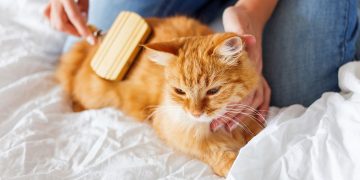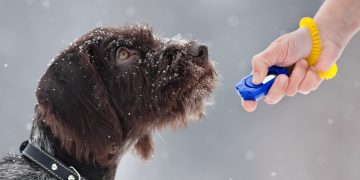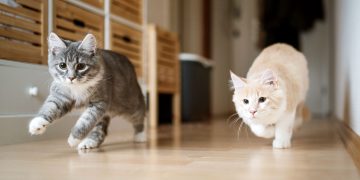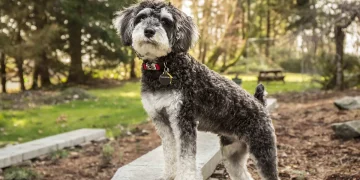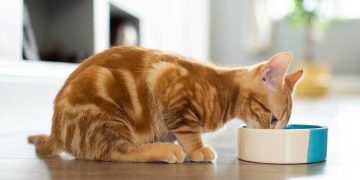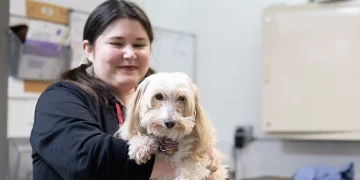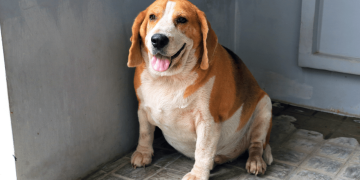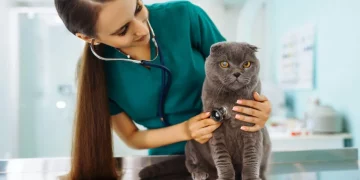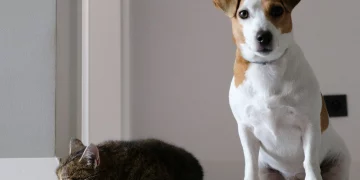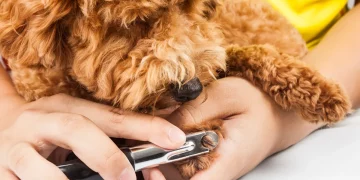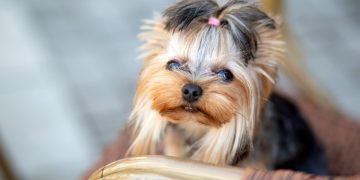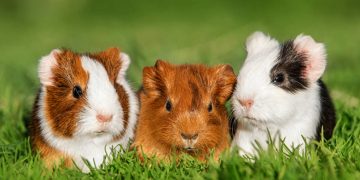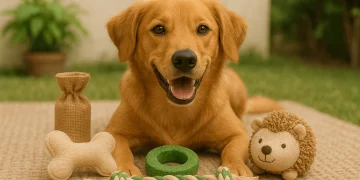The Pica Phenomenon in Felines
While most view cats as finicky eaters, the occurrence of pica—where cats exhibit the compulsion to consume non-food items—is a multifaceted issue that may stem from early separation from the mother, leading to aberrant nursing behaviors.
Unraveling the Mystery of Litter Consumption
Cats with pica may gravitate towards a wide array of substances ranging from plastics and fabrics to strings, papers, dirt, and notably, cat litter. While some forms of pica are benign, ingesting inedible materials can precipitate severe gastrointestinal obstructions and serve as harbingers of illness.
Identifying the Underlying Causes
Should your cat manifest a penchant for eating litter, this could be symptomatic of health ailments or behavioral quirks. A sudden onset necessitates a veterinary visit to preclude or address medical concerns.
The Red Flag of Anemia
A notable ailment linked with litter eating is anemia, characterized by a deficit in red blood cells and hemoglobin—identifiable through the discoloration of a cat’s gums. This condition might signify deeper health issues such as iron deficiency or more serious conditions like feline leukemia or kidney disease. Diagnostic tests can ascertain the presence of anemia and shine a light on underlying diseases.
Nutritional Shortfalls and Their Ramifications
A diet lacking in essential nutrients might drive a cat towards litter consumption. Gastrointestinal malabsorption can exacerbate these deficits, prompting the need for professional nutritional guidance.
Curiosity Versus Compulsion
Kittenhood curiosity can lead to litter snacking; hence, it’s advised to avoid clumping litters until maturity to steer clear of intestinal blockages. Monitoring and non-toxic litter alternatives are key deterrents in such cases.
Strategies to Curb Litter Eating in Cats
Disrupting the monotonous routines that lead to pica involves interactive play—from tossing crinkle balls to dangling teaser toys—to reorient behavior.
Reassessing Dietary Requirements
Examining and elevating the quality of your cat’s food can pay dividends, steering away from generic kibbles towards more comprehensive, nutritionally rich diets.
Stimulating Innate Hunting Instincts
Integrating food puzzles can stimulate a cat’s instinct to forage, providing a diversion from litter eating. A DIY approach can be as effective as store-bought puzzle toys in this endeavor.
Using Natural Distractions
Introducing cat grass and catnip into your feline’s environment offers alternative chewing options, enriching their sensorial experience and diverting attention from litter.



